
Christopher Ryland graduated from Goldsmiths College in 1972. He has specialised in botanical painting since the early 1980s and has been a member of the Society of Botanical Artists (SBA) since 1995. The SBA’s annual exhibition, Plantae, runs from 2-7 June at the Mall Galleries in London.
Christopher has held several solo exhibitions in London and East Anglia, most recently at Ipswich’s John Russell Gallery in 2017. His paintings have been featured in many publications and won several awards, including the President’s Award at the SBA’s annual exhibition in 2001 and the St. Cuthbert’s Mill Award in 2007. He also teaches art courses from his studio in Sudbury, Suffolk.
ADDING VARIETY
Flowers are a marvellous feature of the natural world, always surprising, so when you are painting them, they need to be treated and shown in a natural way. Often the flowers themselves will suggest a composition. Too much arrangement and they can look artificial and unnatural. It is a good idea to make a rough sketch before you begin a painting. A smallish pencil sketch will give a good idea of the composition you will follow. The painting can become a kind of evolution from that starting point.
Watercolour is a superb medium to use for flower painting, partly because of its fluency and partly because of its transparent qualities. The translucency, created by the light reflecting through the paint film, is unique to the medium and relates strongly to the subtle or bold coloured light of blooming flowers.
This story is from the April 2020 edition of Artists & Illustrators.
Start your 7-day Magzter GOLD free trial to access thousands of curated premium stories, and 9,000+ magazines and newspapers.
Already a subscriber ? Sign In
This story is from the April 2020 edition of Artists & Illustrators.
Start your 7-day Magzter GOLD free trial to access thousands of curated premium stories, and 9,000+ magazines and newspapers.
Already a subscriber? Sign In

Still life IN 3 HOURS
Former BP Portrait Award runner-up FELICIA FORTE guides you through a simple, structured approach to painting alla prima that tackles dark, average and light colours in turn
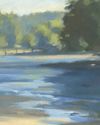
Movement in composition
Through an analysis of three masterworks, landscape painter and noted author MITCHELL ALBALA shows how you can animate landscape composition with movement
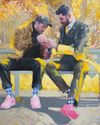
Shane Berkery
The Irish-Japanese artist talks to REBECCA BRADBURY about the innovative concepts and original colour combinations he brings to his figurative oil paintings from his Dublin garden studio

The Working Artist
Something old, something new... Our columnist LAURA BOSWELL has expert advice for balancing fresh ideas with completing half-finished work
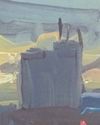
Washes AND GLAZES
Art Academy’s ROB PEPPER introduces an in-depth guide to incorporating various techniques into your next masterpiece. Artwork by STAN MILLER, CHRIS ROBINSON and MICHELE ILLING
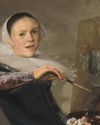
Hands
LAURA SMITH continues her new four-part series, which encourages you to draw elements of old master paintings, and this month’s focus is on capturing hands

Vincent van Gogh
To celebrate The Courtauld’s forthcoming landmark display of the troubled Dutch master’s self-portraits, STEVE PILL looks at the stories behind 10 of the most dramatic works on display
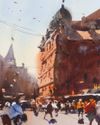
BRING THE drama
Join international watercolour maestro ALVARO CASTAGNET in London’s West End to paint a dramatic street scene
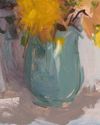
Serena Rowe
The Scottish painter tells STEVE PILL why time is precious, why emotional responses to colour are useful, and how she finds focus every day with the help of her studio wall

Bill Jacklin
Chatting over Zoom as he recovers from appendicitis, the Royal Academician tells STEVE PILL about classic scrapes in New York and his recent experiments with illustration